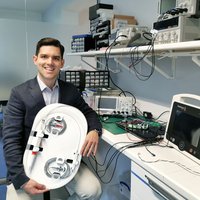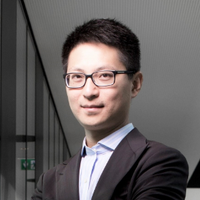Biotechnology & medicine
Guosong Hong
His probes could revolutionize brain treatments

China
Zibo Chen
Programming life from scratch with artificially designed proteins

Europe
Sorin Popa
His novel vascular catheter could improve the life of patients with hemodialysis and coronary obstructions

China
Li Tang
Kill cancer by arming your own immune system

Europe
Tom Stubbs
His epigenetic test offers simple lifestyle recommendations to reduce the onset of chronic diseases
